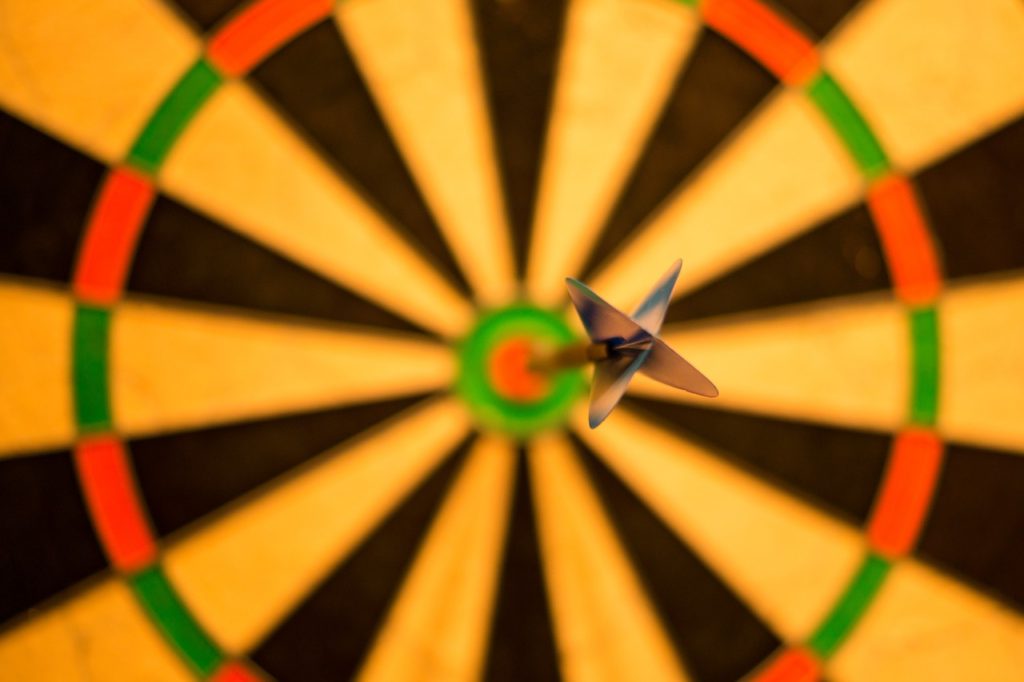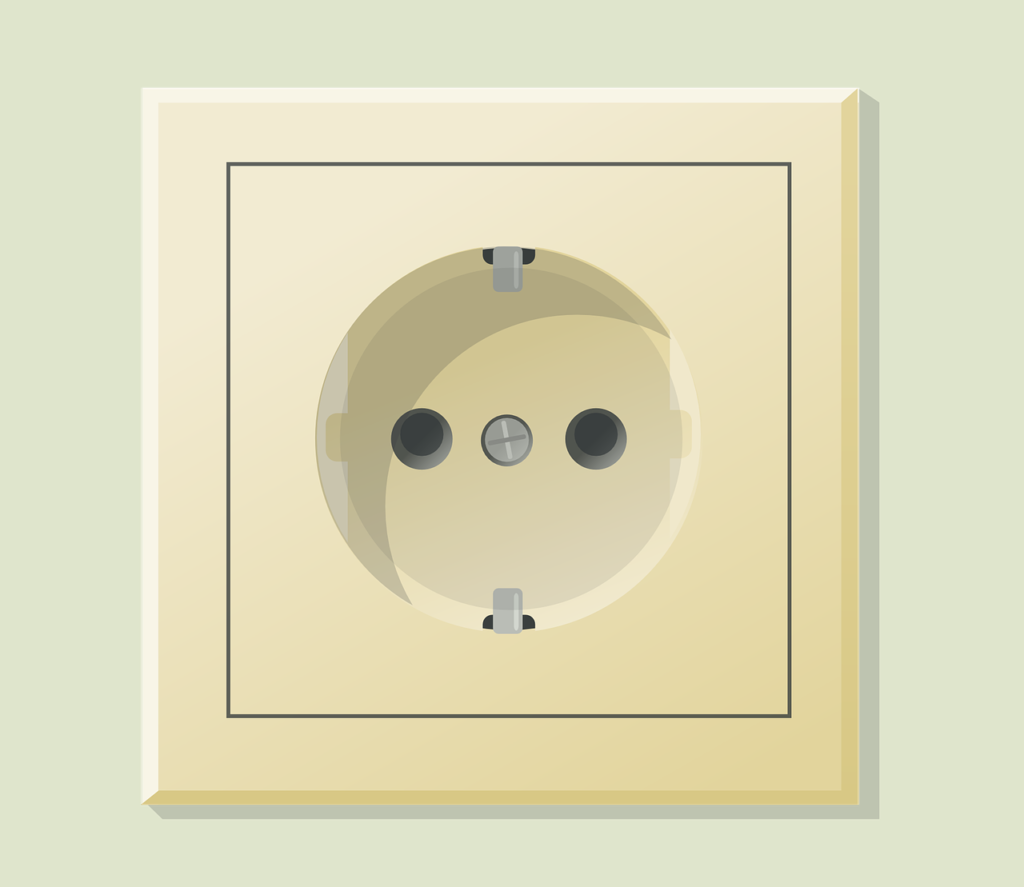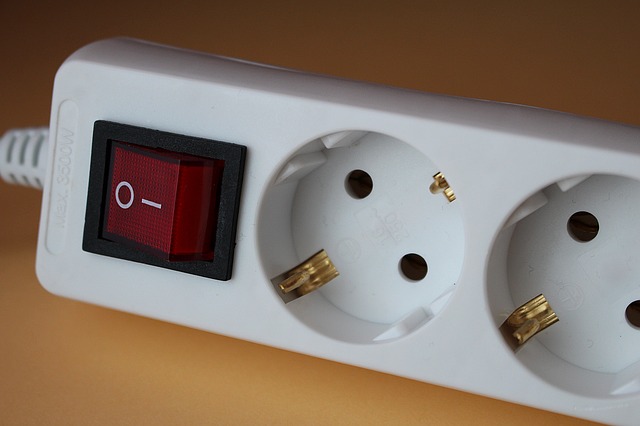1. rose ![]()
[noun]
[de roos, de ro-zen]
 The most common use of “roos” is “rose”. As you probably know, roses are not Holland’s most famous flowers; tulips are. If you’ve ever visited the Keukenhof (I have to admit I haven’t), you know how serious the Dutch take their tulips. “Roos” can have several other meanings that are explained below.
The most common use of “roos” is “rose”. As you probably know, roses are not Holland’s most famous flowers; tulips are. If you’ve ever visited the Keukenhof (I have to admit I haven’t), you know how serious the Dutch take their tulips. “Roos” can have several other meanings that are explained below.
Examples:
– “Op haar 28e verjaardag kreeg ze 28 rode rozen van haar vriend.”
(“On her 28th birthday she got 28 red roses from her boyfriend.”)
– “Wat zijn je lievelingsbloemen? Rozen, tulpen, anemonen, lelies of chrysanten?”
(“What are your favorite flowers? Roses, tulips, anemones, lilies or chrysanthemums?”)
– “Hij plukte rozen uit de tuin van de buren.”
(“He picked roses from the neighbours’ garden.”)
– “Kun je de rozen even schuin afsnijden voor je ze in een vaas zet?”
(“Can you cut the roses slantwise before you put them in a vase?”)
Expressions:
– “Slapen als een roos”: to sleep like a baby.
Related words:
– Bloem: flower [noun] [de bloem, de bloemen].
– Tulp: tulip [noun] [de tulp, de tulpen].
Extra:
“Sleeping beauty” is called “Doornroosje” in Dutch. “Doorn” means “thorn” and “roosje” is the diminutive of “roos” thus meaning “little rose”. She’s probably called this way because a thick thorny hedge is surrounding the castle where she’s “sleeping like a rose” 😉
As for girls’ names, “Roos” is also a common Dutch name. In the 1990’s, Dutch band Linda, Roos and Jessica scored a hit with “Ademnood” (“Shortness in breath”).
2. dandruff ![]()
[noun]
[de roos, <no plural>]
Examples:
– “Gebruik je een anti-roos shampoo om roos tegen te gaan?”
(“Do you use an anti-dandruff shampoo to prevent dandruff?”)
3. bull’s-eye ![]()
[noun]
[de roos, <no plural>]
 Examples:
Examples:
– “Hij zei dat hij niet kon omgaan met een wapen maar hij schoot de eerste keer dat hij het probeerde in de roos!”
(“He said he couldn’t handle a gun, but he hit the bull’s-eye the first time he tried .”)
Expressions:
– “In de roos!”: bulls’-eye!
– “Een schot in de roos”: a bull’s-eye, the perfect choice/decision/gift.

 “Stopcontacten” are everywhere in the Netherlands 🙂 Sometimes you may hear the somewhat more formal term “wandcontactdoos” or “contactdoos”.
“Stopcontacten” are everywhere in the Netherlands 🙂 Sometimes you may hear the somewhat more formal term “wandcontactdoos” or “contactdoos”. – Stekkerdoos: multiple socket
– Stekkerdoos: multiple socket

